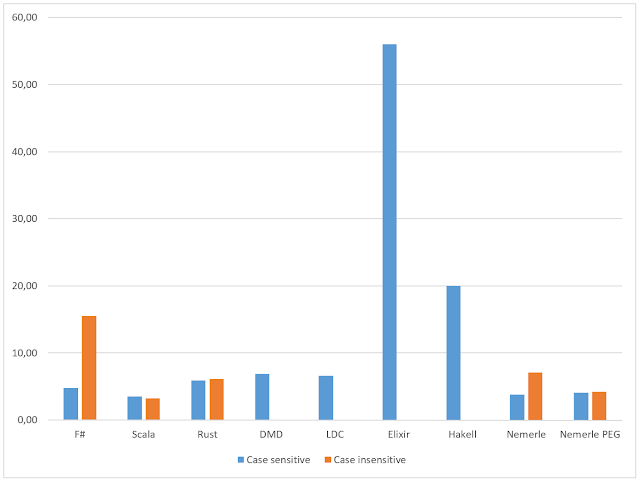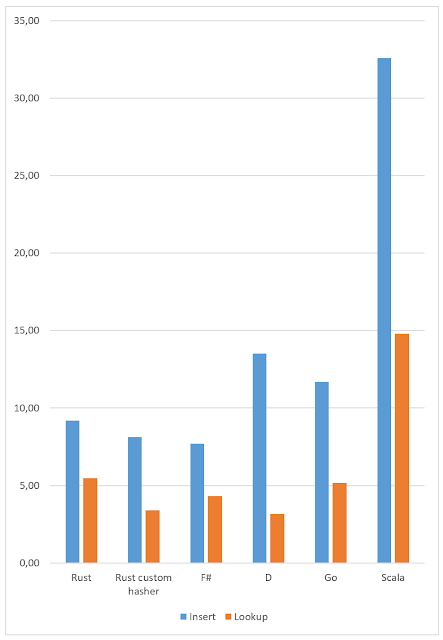Grouping consecutive integers in F# and Haskell
Let's look at what F# and Haskell can offer us while reimplementing grouping consecutive integers in C# algorithm.
F#:
Haskell:
For my current taste, the Haskell version is more readable due to the awesome separate type annotation and to the lovely Erlang-style pattern matching on function arguments.



Comments